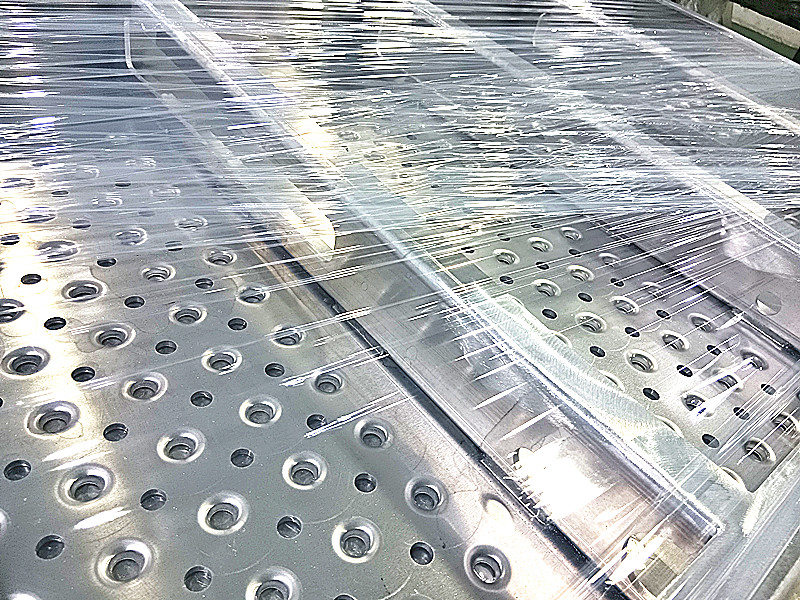The cheapest way to manufacture metal parts depends on factors such as the type of metal, the complexity of the part, the production volume, and the required tolerances. Below are some cost-effective manufacturing methods based on these factors:
Sheet metal fabrication is considered a lower cost method for manufacturing certain types of parts. It’s simple, right? You cut the sheet to size, and form it to reflect the desired geometries.
1. Die Casting
Best for: High-volume production of small to medium-sized parts.
Materials: Aluminum, zinc, and magnesium.
Process: Molten metal is injected into a mold (die) under high pressure.
Advantages: High production speed, good surface finish, and consistent quality. Die casting becomes more economical with higher production volumes.
2. Stamping
Best for: High-volume production of flat parts or parts with simple shapes.
Materials: Steel, aluminum, copper.
Process: Metal sheets are punched, bent, or shaped using a stamping press.
Advantages: Fast production rates, low material waste, and low cost per part at scale.
3. CNC Machining
Best for: Low to medium-volume production, parts with complex geometries.
Materials: A wide range of metals, including aluminum, steel, titanium, etc.
Process: A computerized machine cuts, drills, and shapes the metal according to precise instructions.
Advantages: High precision, flexibility for different designs, and rapid prototyping. Cost-effective for small batch production.
4. Powder Metallurgy
Best for: High-volume production of small and complex parts.
Materials: Iron, copper, steel, stainless steel.
Process: Metal powders are compressed into a mold and then heated (sintered) to form a solid part.
Advantages: Minimal material waste, high repeatability, and the ability to produce complex shapes with little machining.
5. Investment Casting (Lost-Wax Casting)
Best for: Low to medium-volume production of complex parts.
Materials: Stainless steel, aluminum, bronze, and more.
Process: A wax model is coated in ceramic, melted away, and molten metal is poured into the cavity.
Advantages: High precision and the ability to create intricate designs with fine details.
6. Sand Casting
Best for: Low to medium-volume production of large parts or prototypes.
Materials: Cast iron, steel, aluminum, bronze.
Process: Molten metal is poured into a sand mold, which is broken away after cooling.
Advantages: Low tooling costs, versatility in part size, and the ability to handle large parts. Ideal for prototypes and low-volume production.
7. 3D Printing (Additive Manufacturing)
Best for: Prototyping or small batch production of complex or custom parts.
Materials: Titanium, stainless steel, aluminum.
Process: Layers of metal powder are fused together using a laser or electron beam.
Advantages: No tooling required, minimal waste, and design flexibility. Economical for small quantities or customized parts.
8. Extrusion
Best for: High-volume production of long, continuous shapes.
Materials: Aluminum, copper, and brass.
Process: Metal is forced through a die to create a specific cross-sectional shape.
Advantages: Cost-effective for producing large quantities of simple shapes, such as rods or tubes.
Conclusion
High-volume production: Die casting, stamping, and powder metallurgy are the most cost-effective options.
Low-volume or custom production: CNC machining, sand casting, and 3D printing are more economical for lower quantities or specialized parts.
Prototyping or large parts: Sand casting and 3D printing offer flexibility and lower initial costs.
Choosing the right method depends on balancing the upfront tooling costs with the per-part cost over the production run.
Click china metal enclosure manufacturers to learn more information about sheet metal fabrication services.
